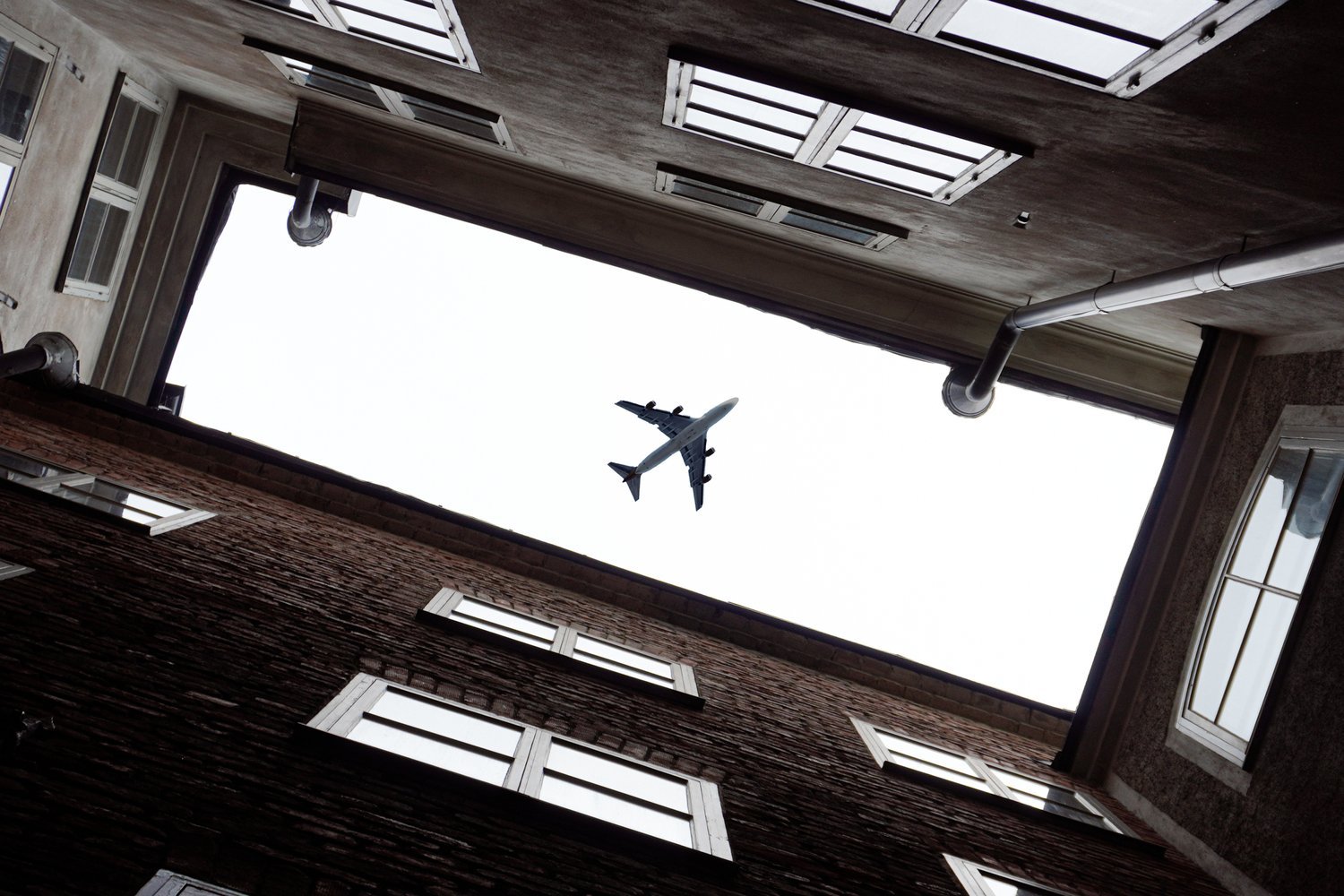Home insurance protects your largest asset from some familiar dangers. When thinking of the most likely scenarios, you might be thinking about house fires, theft or hail damage. But the list of perils covered by your average home insurance policy covers more than you think.
The most common home insurance policy is the HO-3 which usually protects your home and surrounding structures from damages from either 16 named or specified perils or an open peril basis (where everything is covered except things listed as exclusions). In either case, one somewhat surprising thing that you’re protected against is: falling objects.
Today, we’re delving into the particular peril of falling objects. What does that really mean? Does that mean anything that falls from the sky or are there exclusions? And how common are these things really?



